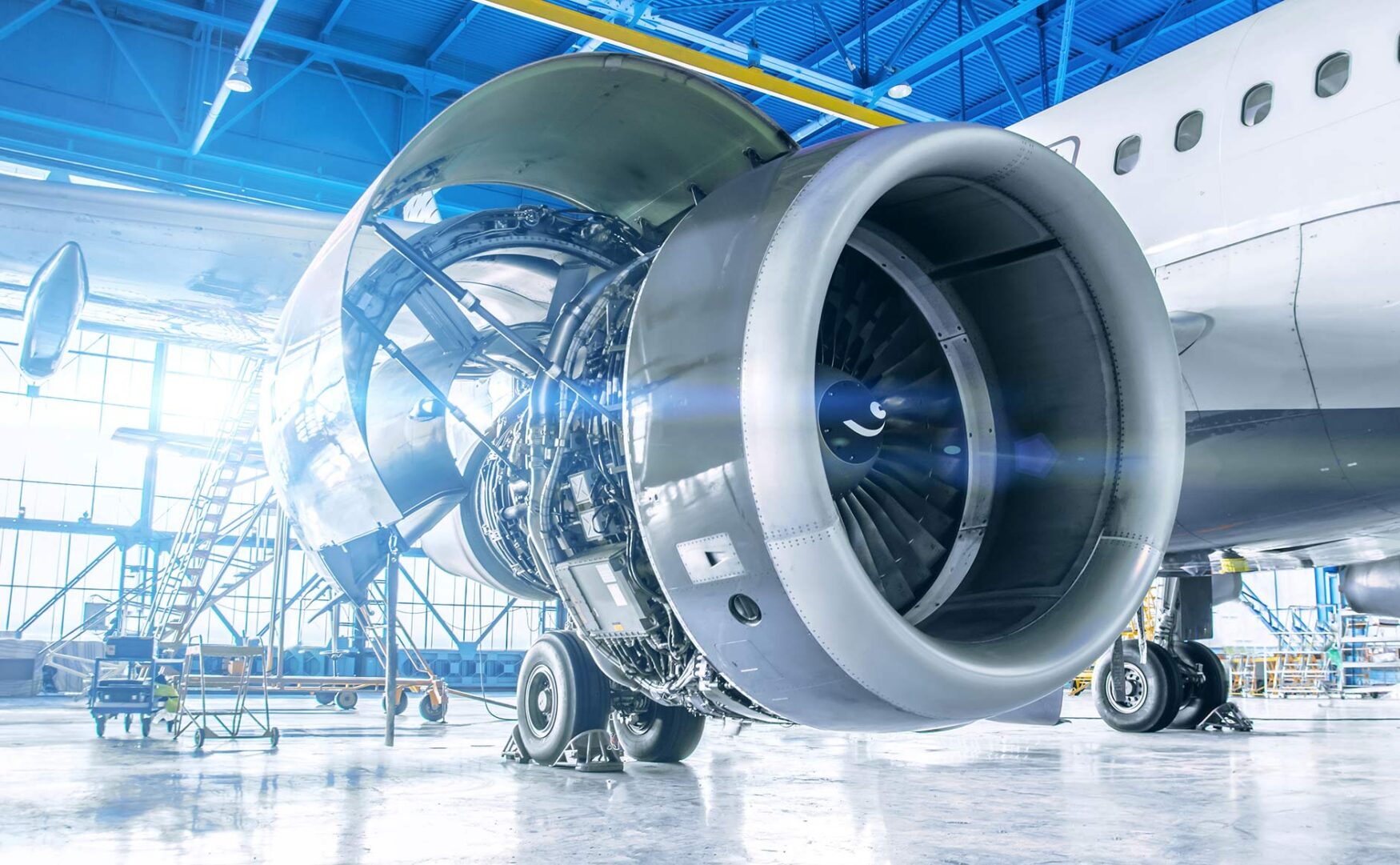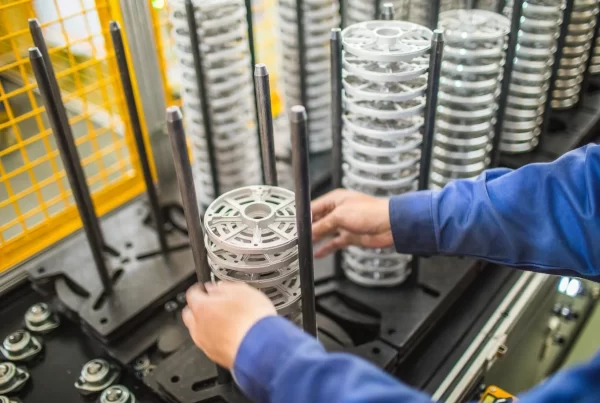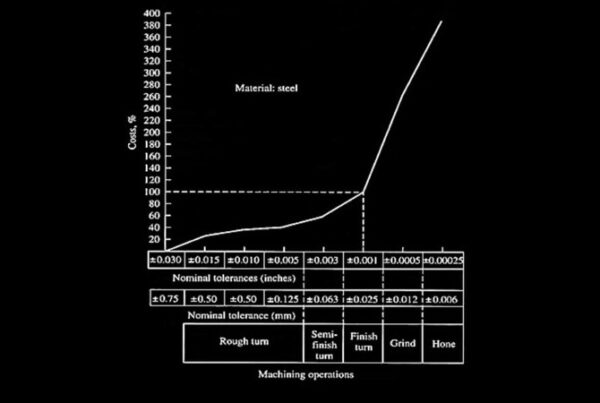The aerospace industry is a complex web of manufacturers, suppliers, and subcontractors that work together to produce the parts and systems required to build aircraft. In order to effectively manage the production of these complex systems, the aerospace supply chain is divided into different tiers based on the level of involvement each supplier has in the production process. These tiers, ranging from Tier 1 to Tier 4, each play a critical role in the supply chain and are responsible for producing the parts and systems that are needed to build an aircraft.
Tier 1 Suppliers
At the top of the aerospace supply chain are the Tier 1 suppliers, which are typically the Original Equipment Manufacturers (OEMs) of the major systems and components that go into an aircraft. These companies are responsible for designing and manufacturing the major systems, such as engines, avionics, landing gear, and other critical components that are integral to the safe and reliable operation of an aircraft. These OEMs often have long-standing relationships with airlines and aircraft manufacturers and are relied upon to provide high-quality components that meet strict regulatory requirements.
Tier 2 Suppliers
Below the Tier 1 suppliers are the Tier 2 suppliers, which typically produce sub-components and systems that are used in the major systems produced by the Tier 1 suppliers. These companies are often referred to as system integrators and are responsible for assembling the various components and subsystems into a larger, more complex system. These suppliers often have close relationships with the Tier 1 suppliers and work closely with them to ensure that their products are integrated properly and meet the necessary regulatory requirements.
Tier 3 Suppliers
The Tier 3 suppliers are typically manufacturers of individual parts and components that are used in the sub-components produced by the Tier 2 suppliers. These companies often specialize in producing a specific type of part, such as fasteners, brackets, or other small components that are used in the assembly of larger systems. These suppliers may have relationships with multiple Tier 2 suppliers and may produce parts for a variety of different systems and subsystems.
Tier 4 Suppliers
At the bottom of the supply chain are the Tier 4 suppliers, which are typically small businesses that provide services such as machining, heat treating, or coating of the individual parts and components produced by the Tier 3 suppliers. These companies may work with multiple Tier 3 suppliers and provide services that are critical to the production of high-quality components.
Collaboration Across Tiers
While each tier of the aerospace supply chain has its own unique set of responsibilities, effective collaboration across tiers is critical to the success of the industry. Each tier must work closely with the others to ensure that their products are designed, produced, and integrated properly into the larger systems. This requires a high degree of coordination and communication between suppliers at each level of the supply chain.
Regulatory Compliance
One of the biggest challenges facing the aerospace supply chain is ensuring regulatory compliance. The aerospace industry is heavily regulated, with strict requirements for safety, reliability, and quality. Each tier of the supply chain must ensure that their products meet these requirements and are approved by regulatory agencies before they can be used in the production of aircraft.
Conclusion
The aerospace supply chain is a complex and highly integrated system that involves multiple tiers of suppliers working together to produce the parts and systems required to build aircraft. From the Tier 1 suppliers who produce the major systems to the Tier 4 suppliers who provide critical services, each tier plays a critical role in the supply chain. Effective collaboration and communication between suppliers at each level of the supply chain is essential to ensure that products are designed, produced, and integrated properly and that they meet the strict regulatory requirements of the industry. By working together, suppliers across the aerospace supply chain can help to ensure that the aircraft produced are safe, reliable, and of the highest quality.





